的点评
Visit Historic Gardens
偕乐园的点评
点评:Sited in the heart of Mito city, Lake Senba is encircled by a 3 km walk, it is also at the foothill of Kairakuen Gardens. We stopped at the lake and then walked over a footbridge to the gardens. It is a strenuous walk up a steep hill. The gardens were planted by a Shogun, Takugawa Nariaki a powerful feudal lord who assisted in the restoration of the Meiji Emperor but opposed western intrusion in Japan. This was his park for his people to enjoy in peace, reflecting Nariaki’s desire to build a park open to the ordinary citizens of his domain. The plum bloom was coming to its end but the wisteria was a bit behind in budding. The azaleas were a delight to see. The park had a dedicated areas for cedar and bamboo forests, open spaces for music and tea ceremony. The views of the lake below were stunning. Walking past the azalea garden we saw Takugawa Nariaki’s house which is called Kobuntei but was closed for renovations. We stopped for a picture from a view point and noticed that it was where Nariaki was buried. The promontory overlooks Lake Senba and surrounding area.
翻译:千波湖位于水户市中心,周围有一条 3 公里长的步道,也位于偕乐园的山脚下。我们在湖边停了下来,然后走过一座人行天桥来到花园。这是一段艰难的步行,需要爬上陡峭的山坡。花园是由幕府将军卓川成昭种植的,他是一位强大的封建领主,他协助明治天皇复辟,但反对西方入侵日本。这是他的公园,供他的人民和平享受,反映了成昭希望建造一个向他的领地普通公民开放的公园的愿望。梅花即将谢幕,但紫藤的花蕾稍晚了。杜鹃花令人赏心悦目。公园里有专门的雪松和竹林区,还有音乐和茶道的开放空间。下面的湖景令人惊叹。走过杜鹃花园,我们看到了卓川成昭的房子,它被称为好文亭,但因翻修而关闭。我们停下来从观景点拍照,发现这里就是成昭的埋葬之地。海角俯瞰着千羽湖及其周边地区。
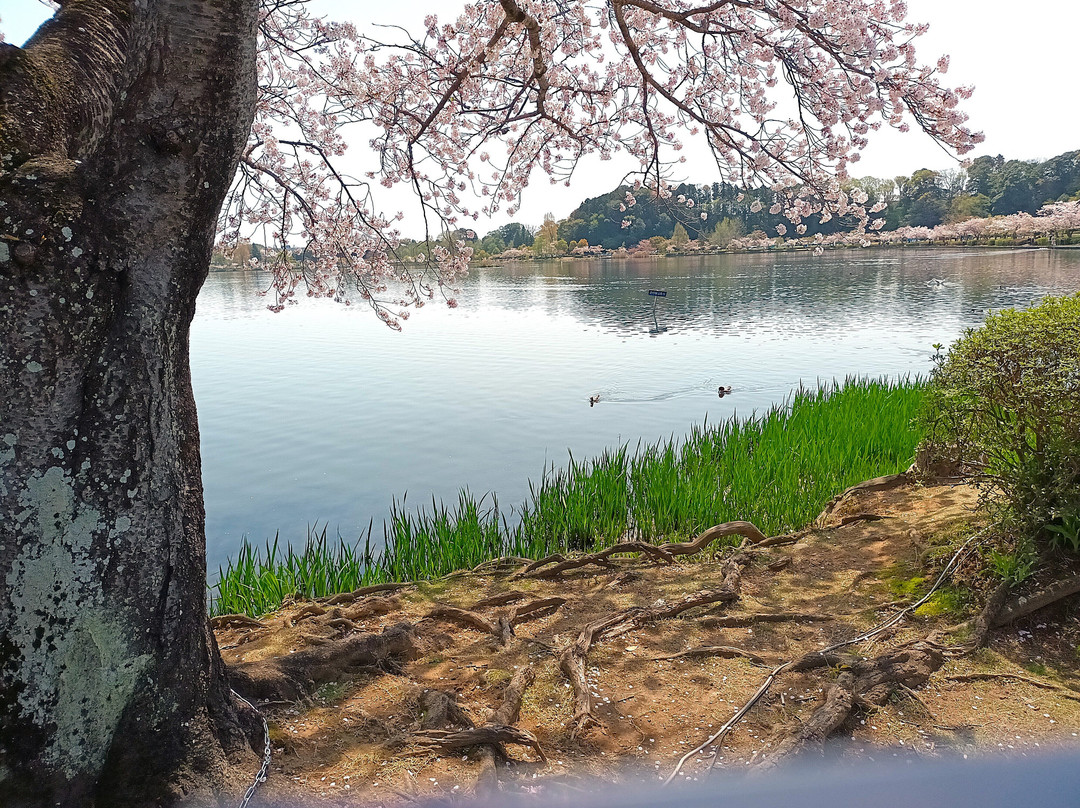
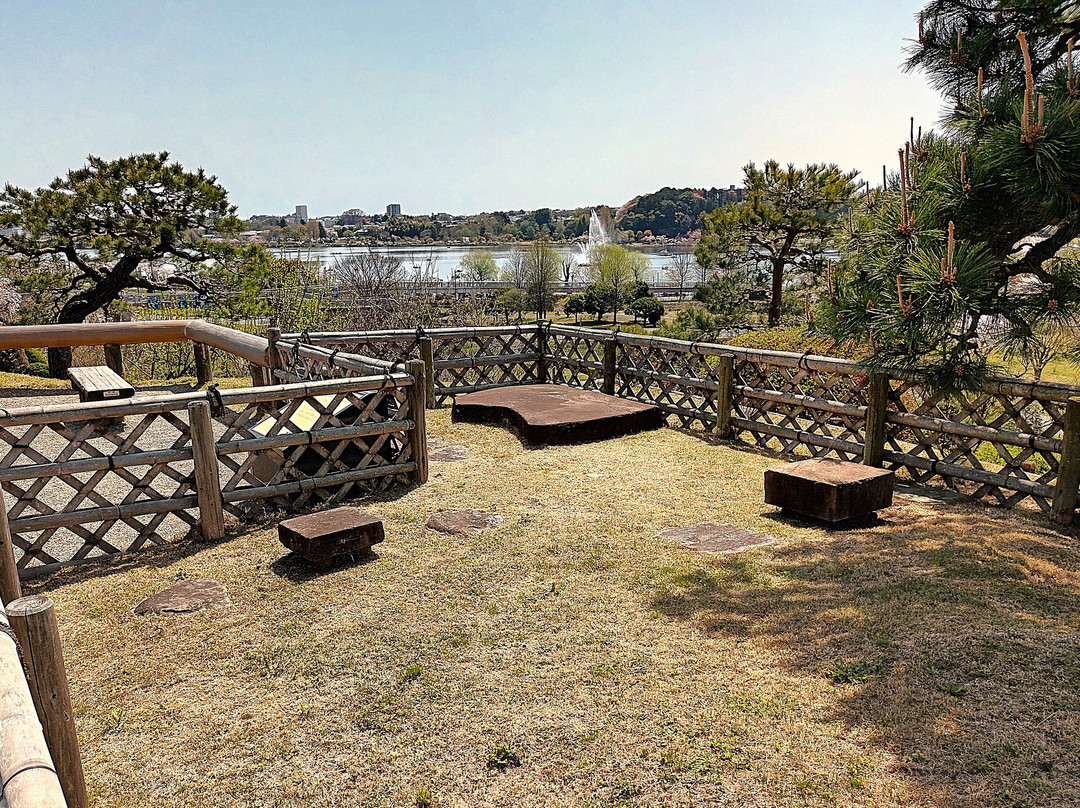
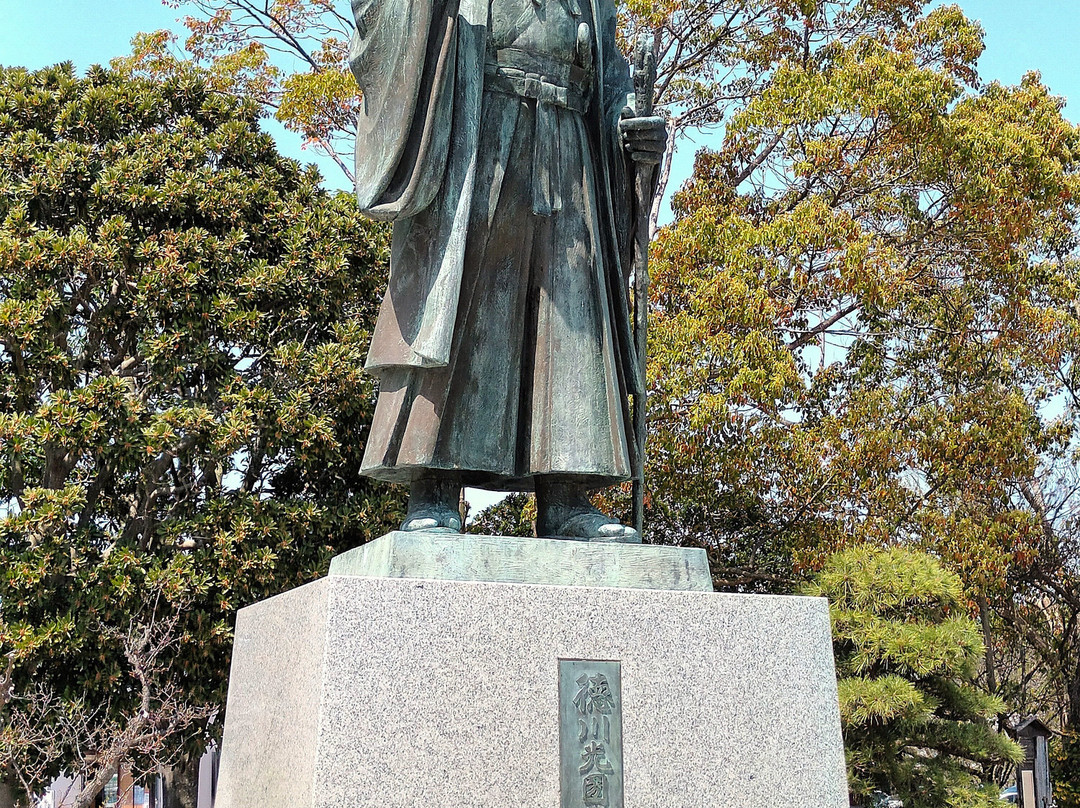
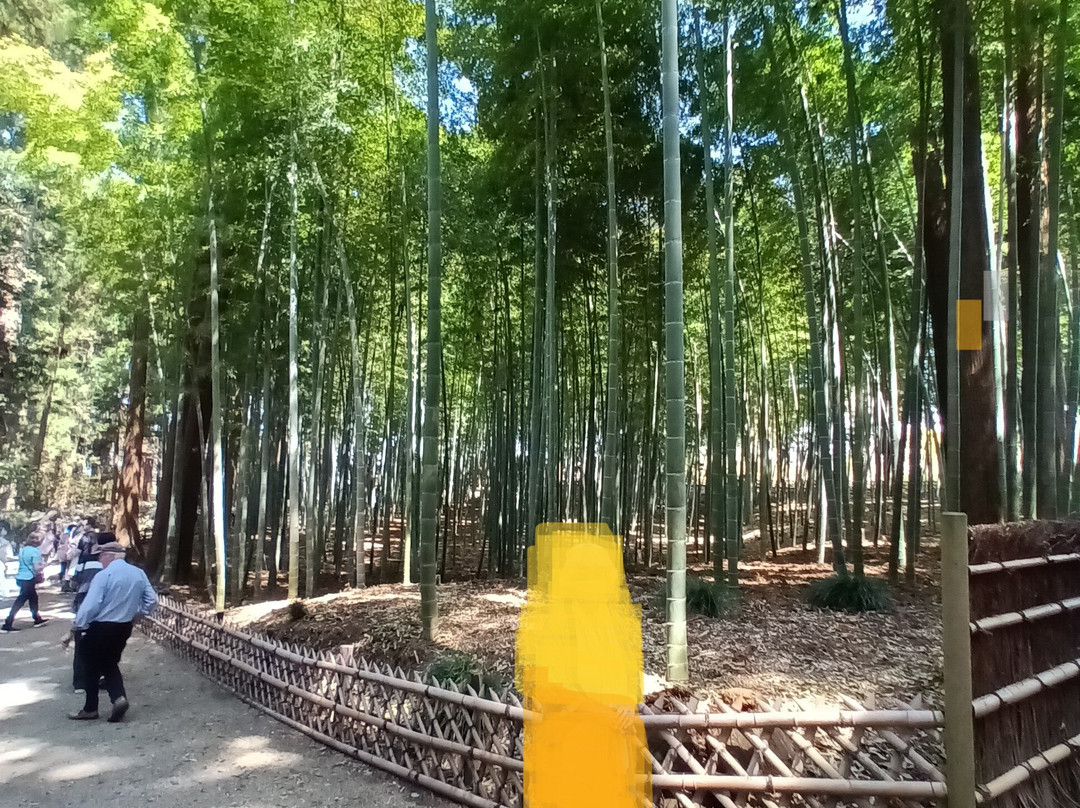
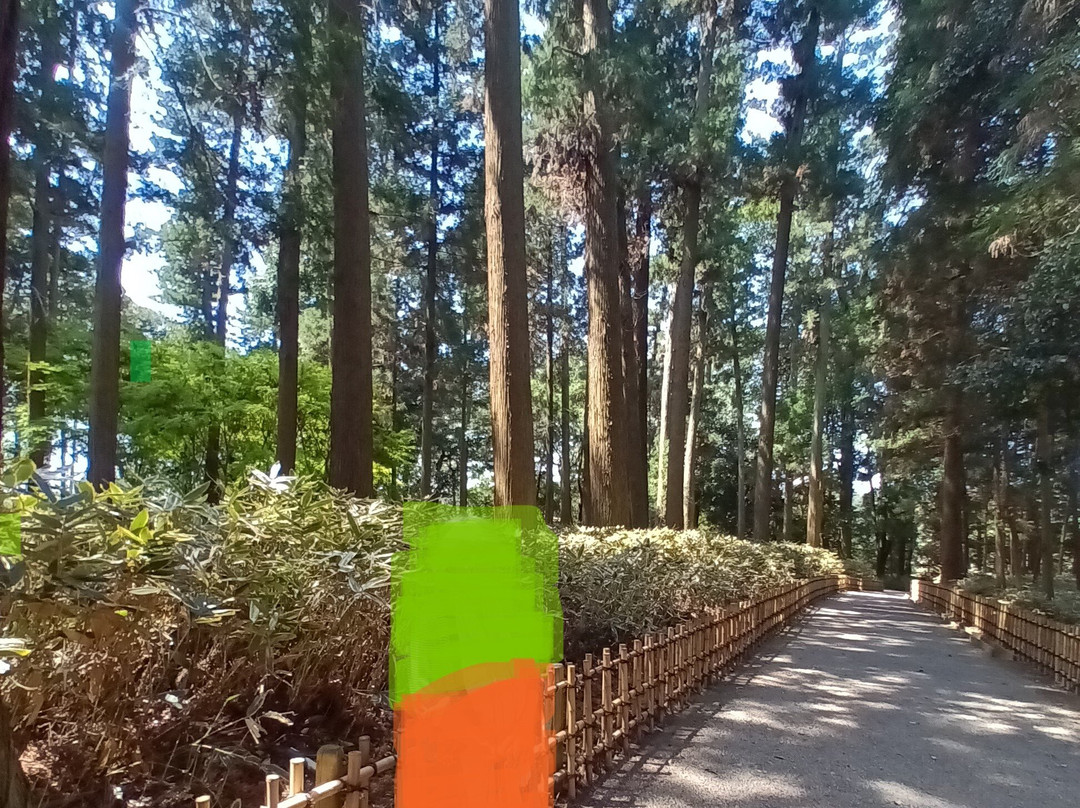
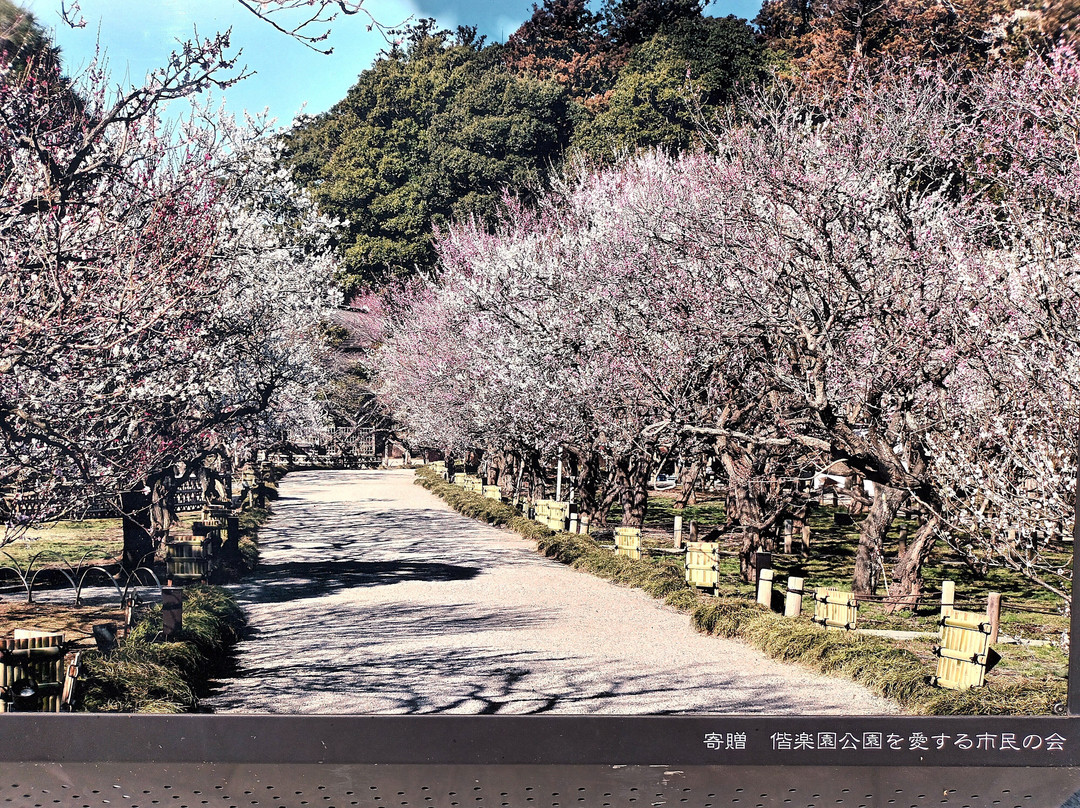
此点评仅代表旅行者个人的主观意见,并不代表TripAdvisor以及其合作方的意见。
关于我们
|
新闻动态
|
商务合作
|
会员中心
|
业主中心
|
业主通
|
常见问题
|
意见反馈
|
联系我们
|
营业执照
© 2025 Tripadvisor 版权所有。
使用条款 |隐私政策 |网站工作原理
部分照片由 VFM Leonardo 提供。
* Tripadvisor不是旅行社,也不是旅游预订服务代理商。我们提供免费、客观、公正的旅游资讯服务。 (显示更多)
TripAdvisor LLC 既不是预订代理商,也不是旅游运营商,不会向网站用户收取任何服务费。 按照规定,在 Tripadvisor 发布机票价格、游览和旅行套餐的合作伙伴(航空公司、旅行提供商及预订代理商),其标价须包含所有费用和附加费用。 例如, 机场出入境税费、消费税与其他服务费、手续费、杂费及附加费用。 当您向我们的某个合作伙伴进行预订时,请务必查阅他们的网站以了解当地行政部门要求的所有适用费用的具体情况。 除非另有说明,机票价格通常指的是一个人的价格(以人民币计)。
为方便起见,TripAdvisor LLC 根据从我们的预订合作伙伴获取的空房率计算每个酒店的均价。 对于游览和景点来说,所显示价格通常是每位成人的最低可用价格。 对于列出的任何旅行套餐或优惠,TripAdvisor LLC 无法保证任何特定的费率或价格。 此外,酒店均价每晚会更新,并以您的首选币种表示(使用现行汇率)。 由于这些已换算的价格是预估价格,因此,有关具体金额和币种请与预订网站进行核实。
此外,TripAdvisor LLC 无法保证我们网站上宣传的价格随时有效。 标价可能需要预订一定天数才能生效,或有不可用日期、使用条件或限制。
TripAdvisor公司对外部网站的内容一概不负责。优惠价格中不含税和其他费用。
ICP证:沪B2-20200433
沪ICP备20013175号
 沪公网安备31010502005427号
沪公网安备31010502005427号鹰程信息技术(上海)有限公司
货币/国家及地区
¥CNY
中国

